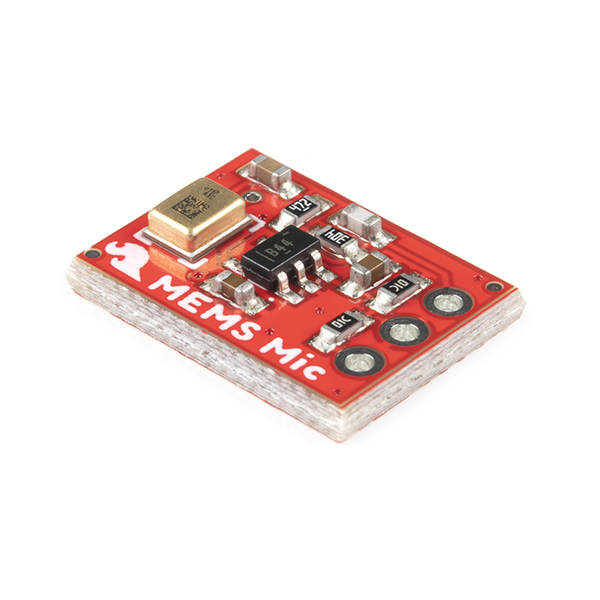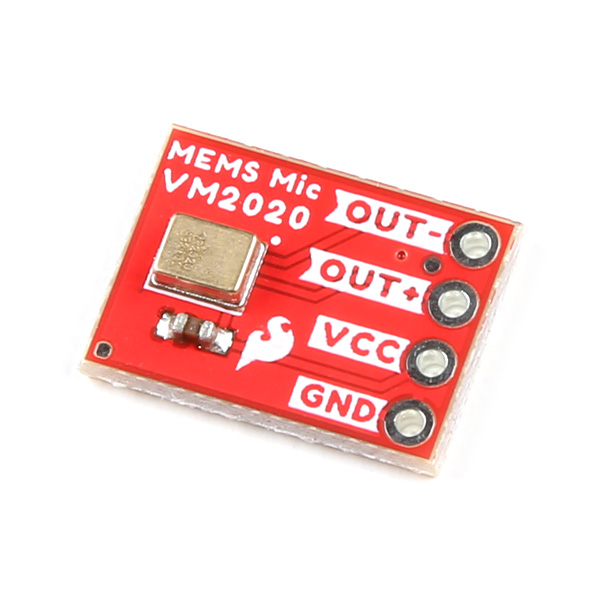Microphone Selection
Specifications
For this particular project, we needed a microphone with three specific characteristics:
-
) It needed to have a high acoustic overload point (AOP). This would allow the microphones to be located on the outside of the ear-cans, very close to a full-volume acoustic drum set, and still not distort. Our final mic choice has an AOP of 135dB.
-
) It needed to have a large signal to noise ratio (SNR). This means that the microphone will output a cleaner signal with less "hiss" sound during quiet times. Something with at least 60dB or great would work. Our ultimate choice was for a microphone that had 75dB SNR.
-
) It needed decent sensitivity. Something near the range of -35dB would do. Note, when this number gets higher, that means it's more sensitive. Because sensitivity is almost always expressed as a negative number, that means a "smaller" negative number is more sensitive.
To learn more about microphone specifications such as AOP, SNR, sensitivity, please check out this very informative document from InvenSense here:
I tried three other microphones before I found my favorite. Here is a table to show the others options, and how they compare in terms of mic specs.
| Mic | AOP | SNR | Sensitivity | Notes |
|---|---|---|---|---|
| ICS-40180 | 124dB | 65dB | −38dB | With the onboard op amp gain, this ultimately had too low of an resulting AOP for drums. It clipped a lot when I played loudly. |
| SPH8878LR5H-1 | 134dB | 66dB | -44dB | Again, with the onboard op amp gain, this ultimately had too low of an AOP for drums. It clipped a lot when I played loudly. |
| VM2020 | 149dB | 50dB | -63dB | With such a high AOP, this mic could definitely handle the loud drums without clipping. This was a huge win, and actually, I used these mics for quite a while. But then I started to notice that during quiet times, there was a significant "hiss" in the audio signal. This is because it is, in terms of audio microphones, not very sensitive (-63dB). In order to hear the signal at a decent level, I had to add 60dB to 70dB of gain in the WM8960, which also can add some hiss to the signal. |
| AOM-5035L | 135dB | 75dB | -35dB | The best combination of high AOP, impressive sensitivity and SNR. No clipping and no hiss. This one fits the job! |
Options
Here are the four microphones we ultimately tested. Note, although for our application, the AOM-5035 was the right choice, you might like to consider trying out some of the other mics and see if they work for your use case. If I were making these for playing piano or any kind of quieter environment, I might go with one of the MEMs.



